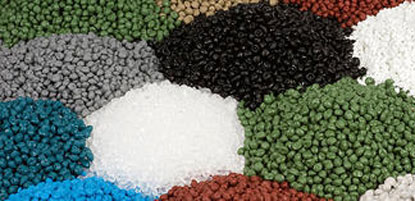The best scientists and technicians work at Goodyear Rubber, involved in calculating the parts per hundred of the right additives to add to a rubber compound to make it work well with a rubber application. While additives should not be used unless their value can be demonstrated, nearly 78% of rubber formations need some type of additive.
In fact, after beginning with the base rubber polymer, 10 to 20 additional ingredients may be added to the blend. Time needs to be spent with chemists and techs on the factory floor to get the compound right. Some issues to consider on additives include:
- Forms. Different form types including solids, liquid or pastes slabs, beads, pellets or bars.
- Processing issues such as the type and size of mixing equipment, processes and capacity usage.
- Fabrication methods like extrusion, injection molding, building and curing affect formulation requirements and performance additive selection.
- The functional components of raw material formulations. Raw materials include base polymers, fillers, vulcanizing agents, process aids, plasticizers, lubricants, curatives, accelerators and activators, protectants, colorants, blowing agents and bonding agents.
- Financial ramifications. Performance additives cost more than powders but improved processing with shorter mixing cycles and increased throughput can more than offset initial cost differences.
- Concerns about product quality, development cycle time and environmental issues.
About Goodyear Rubber
Goodyear Rubber is involved in all aspects of the rubber manufacturing process from design through production with the goal of complete customer satisfaction. We are ISO 9001:2008 certified and ROHS compliant. Contact us at 9099871774 or custserv@goodyearrubber.com or visit www.goodyearrubber.com for more information.
Goodyear Rubber, based in Southern California, manufactures rubber molds, extrusions, rubber sheeting and roll coverings. Our rubber manufacturing solutions are applied by customers in the canning, aerospace, defense, construction, sporting goods, commercial, automotive, mining, food processing and material handling sectors.
 (909) 987-1774
(909) 987-1774 Email Us
Email Us







